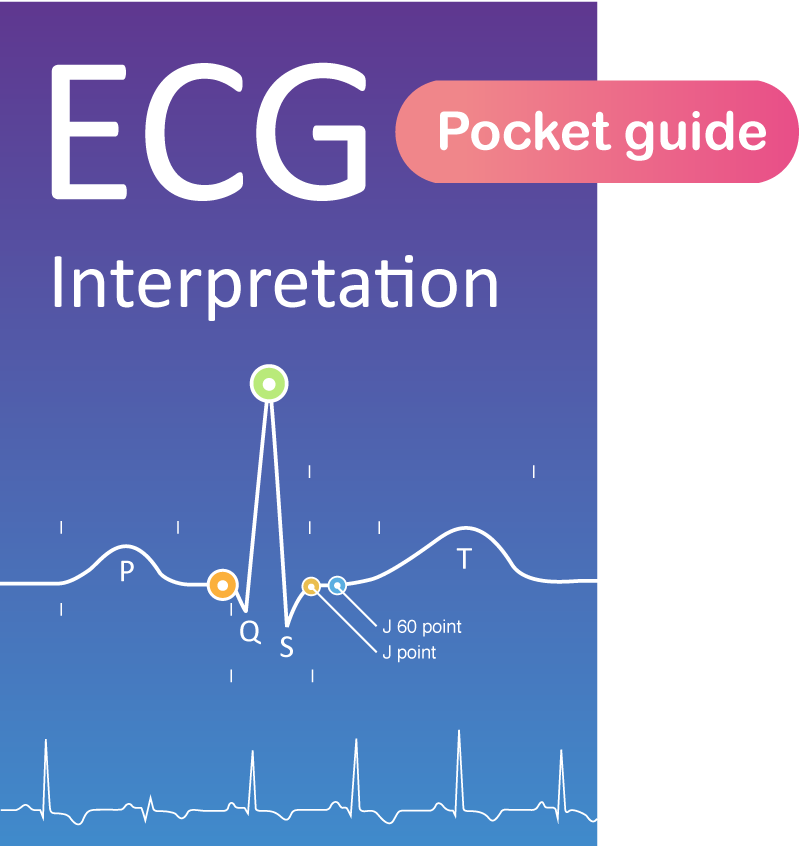Sepsis-induced cardiac arrest
Sepsis is a life-threatening condition characterized by systemic inflammatory response syndrome (SIRS), disseminated intravascular coagulation (DIC), and hypoperfusion manifesting as hypotension. The high mortality associated with sepsis underscores the critical importance of timely and appropriate interventions. In patients presenting with concurrent sepsis and cardiac arrest, standard cardiopulmonary resuscitation (CPR) protocols are followed. Moreover, for optimal management in the context of sepsis-induced cardiac arrest, consider the following recommendations:
- Administer 100% oxygen at the maximum flow rate. Hypoxia can precipitate cardiac arrest in septic patients; timely oxygenation can potentially prevent circulatory collapse.
- Initiate an intravenous bolus of 500 ml crystalloid solution. Assess the esponse and repeat administration as clinically indicated.
- Measure serum lactate levels. Elevated lactate is an indicator of tissue hypoperfusion and can guide resuscitative efforts.
- If the patient presents with hypotension or has a lactate level exceeding 4 mmol/l, commence an intravenous fluid resuscitation using a crystalloid solution at a dose of 30 ml/kg.
- Should fluid resuscitation fail to maintain a mean arterial pressure (MAP) above 65 mmHg, consider the initiation of vasopressor therapy. Potential vasopressor agents include:
- Norepinephrine
- Phenylephrine
- Vasopressin
- Prioritize the collection of blood cultures to identify potential pathogens and guide antimicrobial therapy.
- Administer broad-spectrum antibiotics in accordance with local clinical guidelines, ensuring timely initiation to optimize outcomes.
References
DeBehnke DJ, Hilander SJ, Doubles DW, Wickman LL, Swart GL. The hemodynamic and arterial blood gas response to asphyxiation: a canine model of pulseless electrical activity. Resuscitation 1995; 30:16975.
Safar P, Paradise NA, Weil MH. Asphyxial cardiac arrest. In: Paradis NA, Halperin HR, Kern KB, Wenzel V, Chamberlain DA, editors. Cardiac arrest—the science and practice of resuscitation medicine.
Kitamura T, Kiyohara K, Sakai T, et al. Epidemiology and outcome of adult out-of-hospital cardiac arrest of non-cardiac origin in Osaka: a population-based study. BMJ Open 2014; 4:E006462.
Deasy C, Bray J, Smith K, et al. Hanging-Associated out-of-hospital cardiac arrests in Melbourne, Australia. Emerg Med 2013; 30:3842.
Luna GK, Pavlin EG, Kirkman T, Copass MK, Rice CL. Hemodynamic effects of external cardiac massage in trauma shock. J Trauma 1989; 29:1430-3 .
Jeffcoach DR, Gallegos JJ, Jesty SA, et al. Use of CPR in hemorrhagic shock, a dog model. J Trauma Acute Care Surg 2016; 81:27-33 .
Watts S, Smith JE, Gwyther R, Kirkman E. Closed chest compressions reduce survival in an animal model of haemorrhageinduced traumatic cardiac arrest. Resuscitation 2019; 140:37-42.
Endo A, Kojima M, Hong ZJ, Otomo Y, Coimbra R. Open-chest versus closed-chest cardiopulmonary resuscitation in trauma patients with signs of life upon hospital arrival: a retrospective multicenter study. Crit Care 2020; 24:541.
Ebo DG, Clarke RC, Mertes PM, et al. Molecular mechanisms and pathophysiology of perioperative hypersensitivity and anaphylaxis: a narrative review. Br J Anaesth 2019; 123:e3849.
Wallmuller C, Meron G, Kurkciyan I, et al. Causes of in-hospital cardiac arrest and influence on outcome. Resuscitation 2012; 83:120611.
Wang CH, Huang CH, Chang WT, et al. The effects of calcium and sodium bicarbonate on severe hyperkalaemia during cardiopulmonary resuscitation: a retrospective cohort study of adult in-hospital cardiac arrest. Resuscitation 2016; 98:10511.
Saarinen S, Nurmi J, Toivio T, et al. Does appropriate treatment of the primary underlying cause of PEA during resuscitation improve patients’ survival? Resuscitation 2012; 83:81922.
Mroczek T, Gladki M, Skalski J. Successful resuscitation from accidental hypothermia of 11.8 degrees C: where is the lower bound for human beings? Eur J Cardiothorac Surg 2020; 58:10912.
Stephen CR, Dent SJ, Hall KD, Smith W.W. Physiologic reactions during profound hypothermia with cardioplegia. Anesthesiology 1961; 22:87381.
Frei C, Darocha T, Debaty G, et al. Clinical characteristics and outcomes of witnessed hypothermic cardiac arrest: a systematic review on rescue collapse. Resuscitation 2019; 137:418.
Wood S. Interactions between hypoxia and hypothermia. Annu Rev Physiol 1991; 53:7185.
Podsiadlo P, Darocha T, Svendsen OS, et al. Outcomes of patients suffering unwitnessed hypothermic cardiac arrest rewarmed with extracorporeal life support: a systematic review. Artif Organs 2020.
